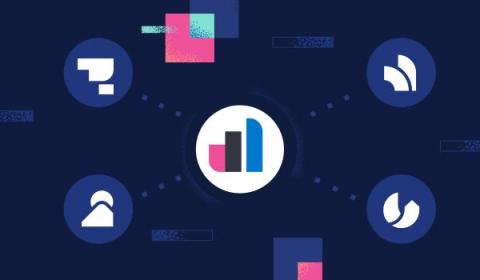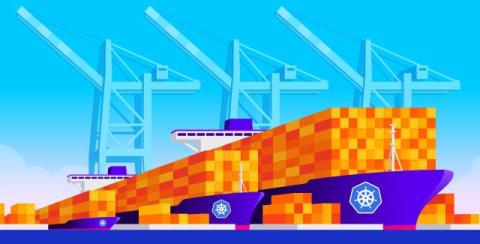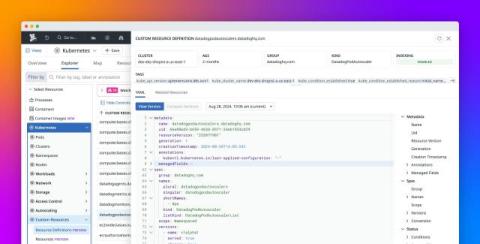Elastic's redesigned navigation menu
A deeper look into our new, simplified navigation menu for Elastic Cloud Hosted deployments In recent years, the Elastic platform steadily expanded its features and capabilities to address complex and evolving customer needs. As a result, the left navigation became a vast array of over 100 menu items. While our customers deeply value this extensible toolset on a unified platform, daily users need a simple interface for quick access to commonly used tools.











